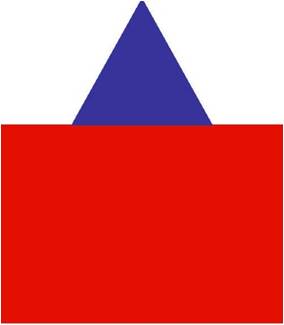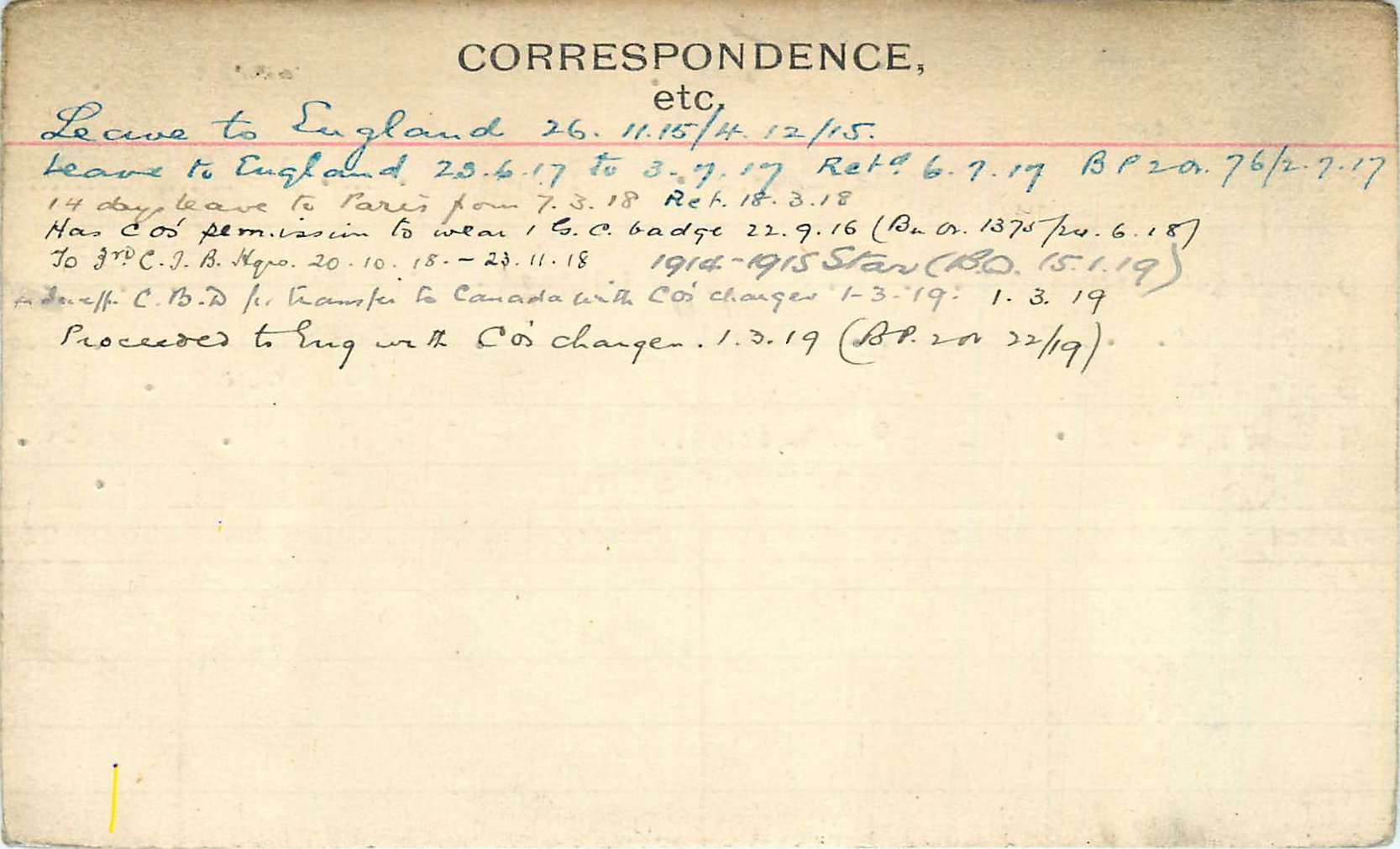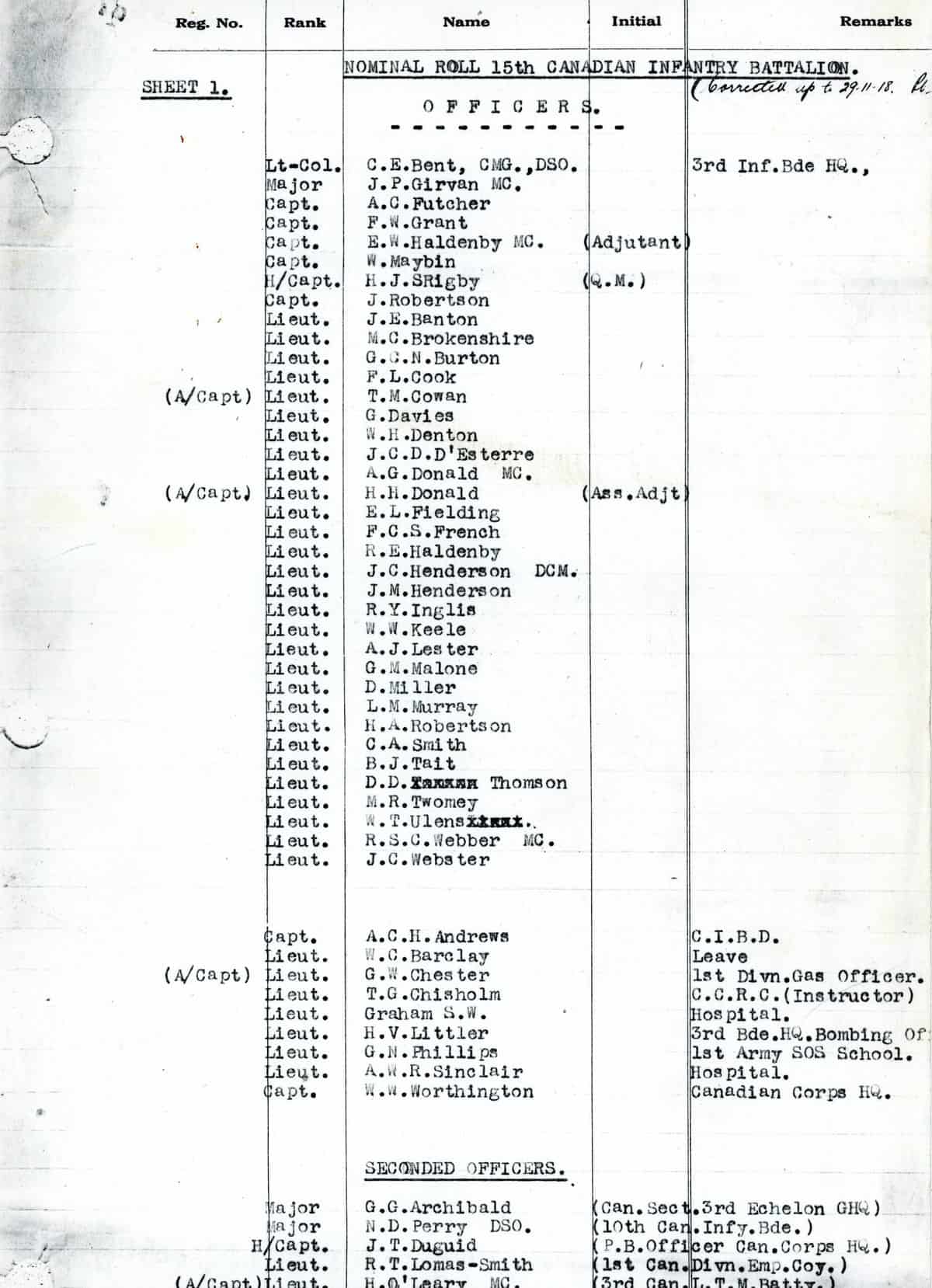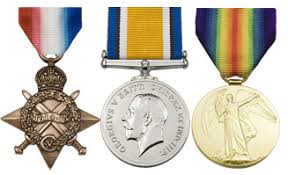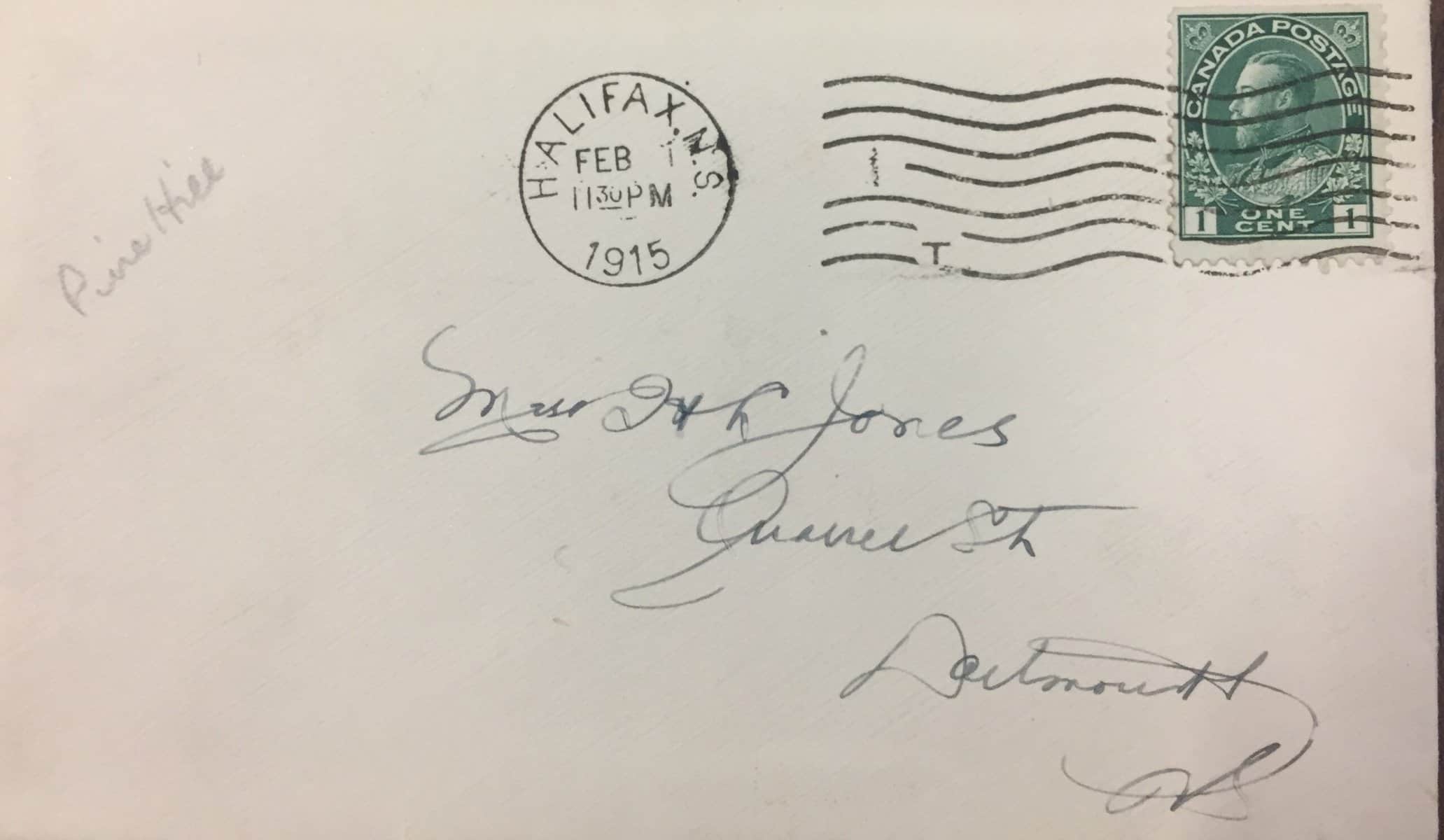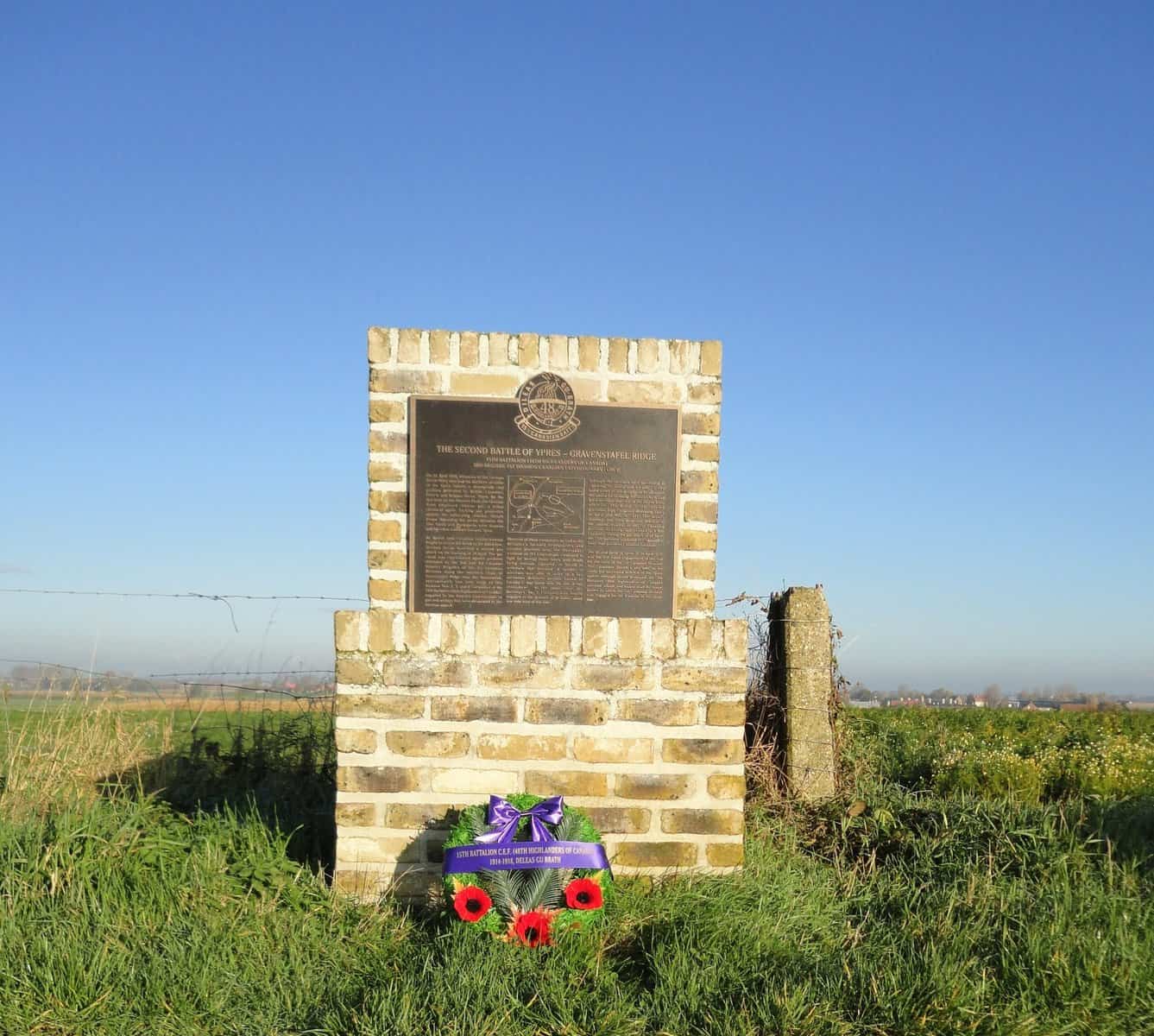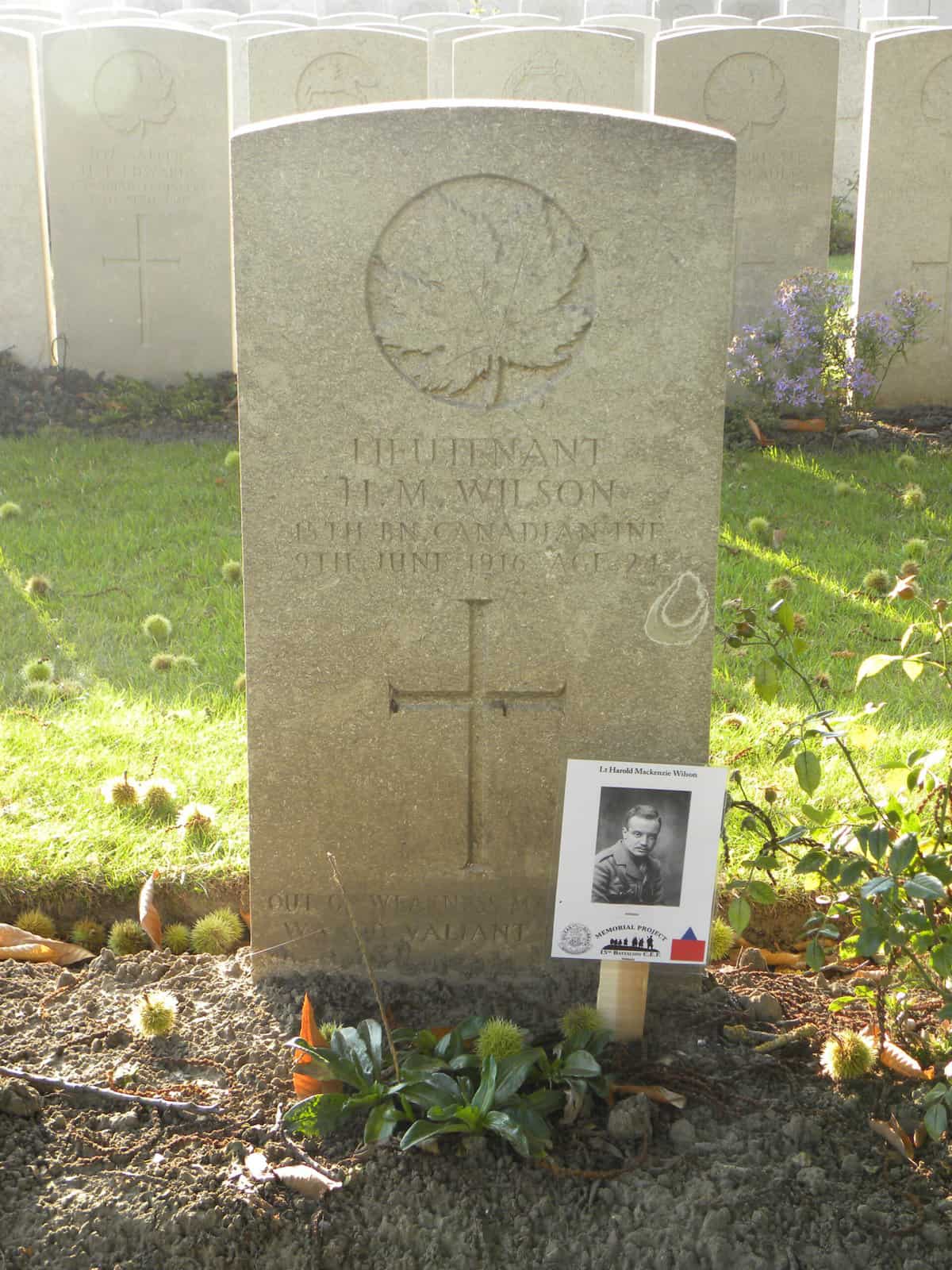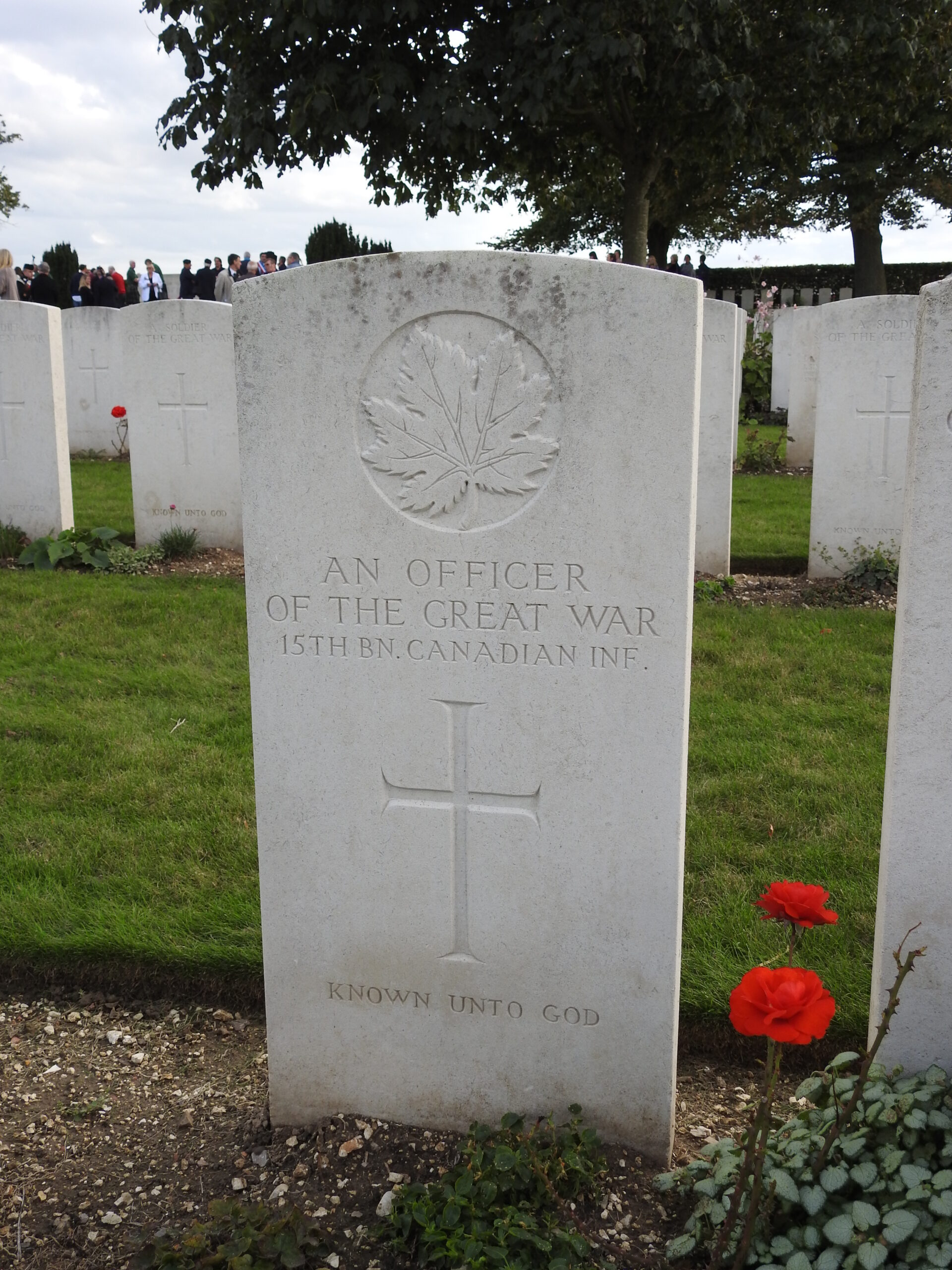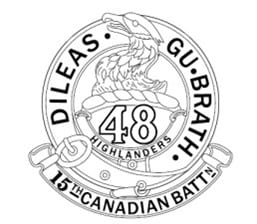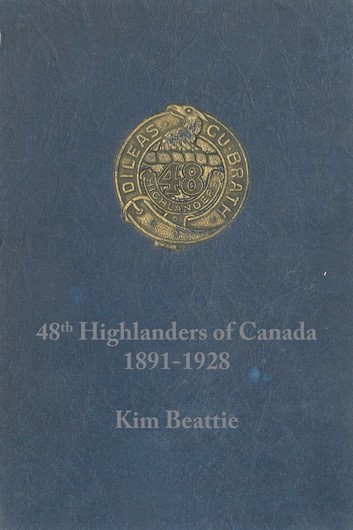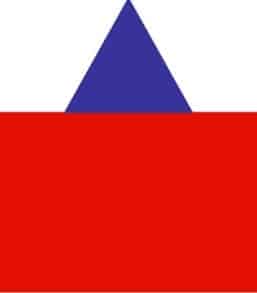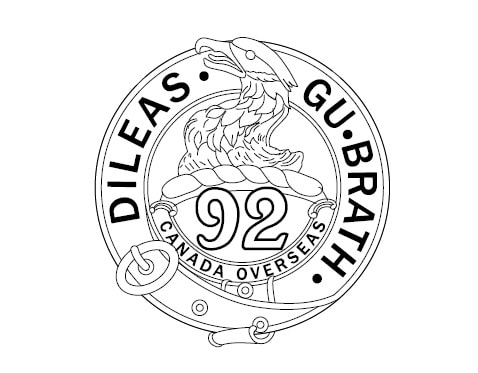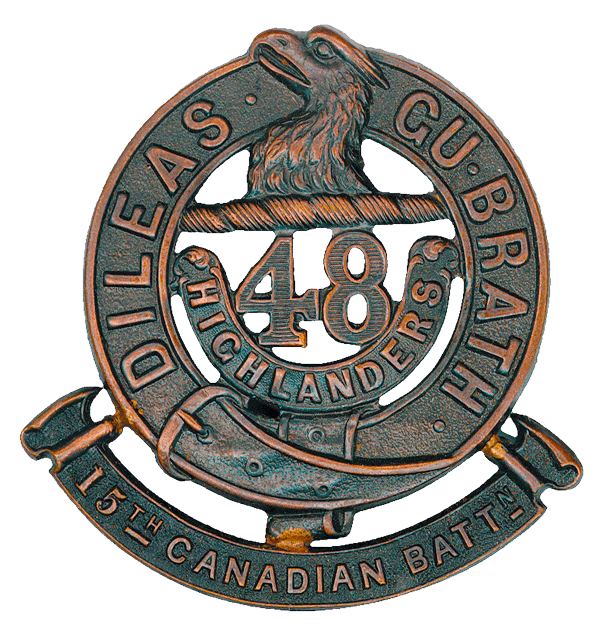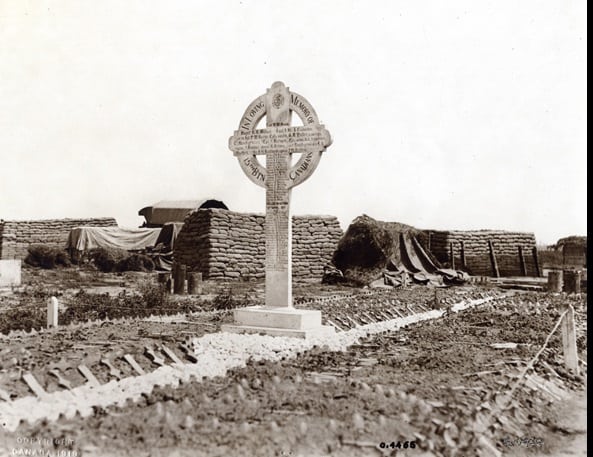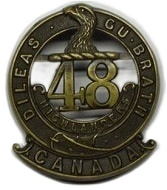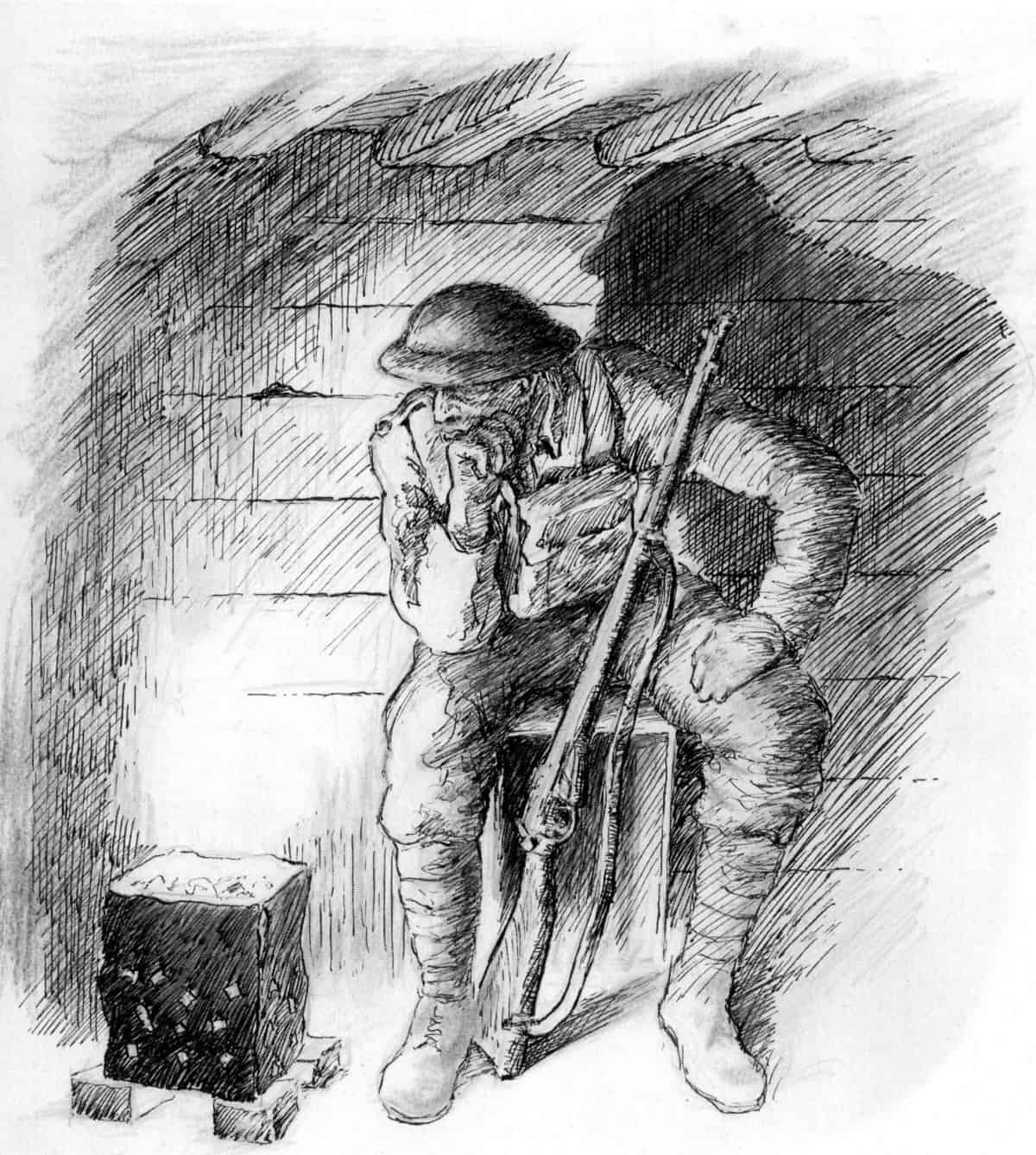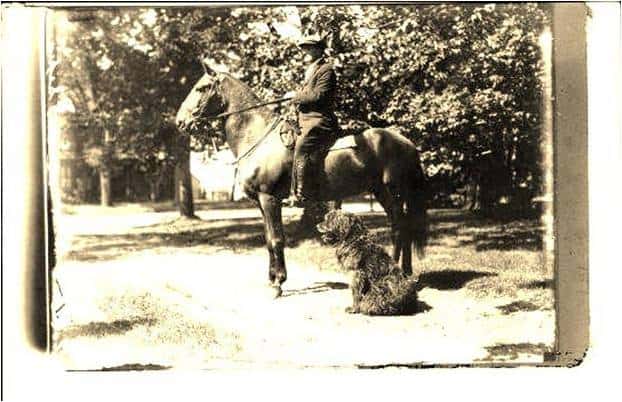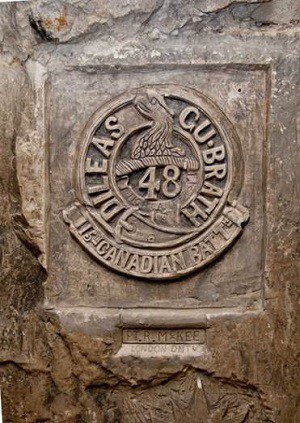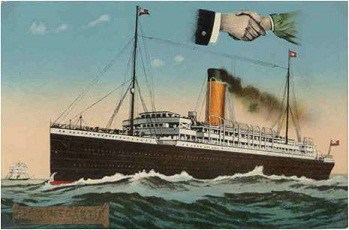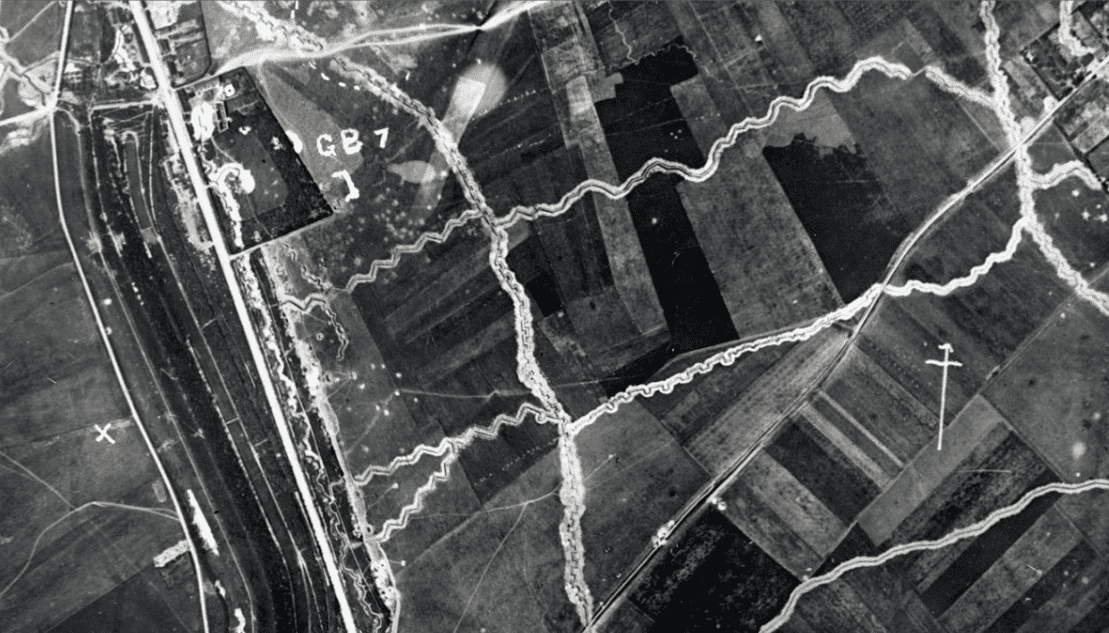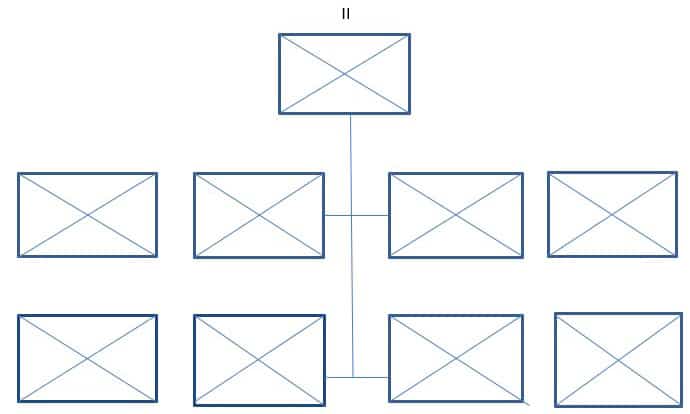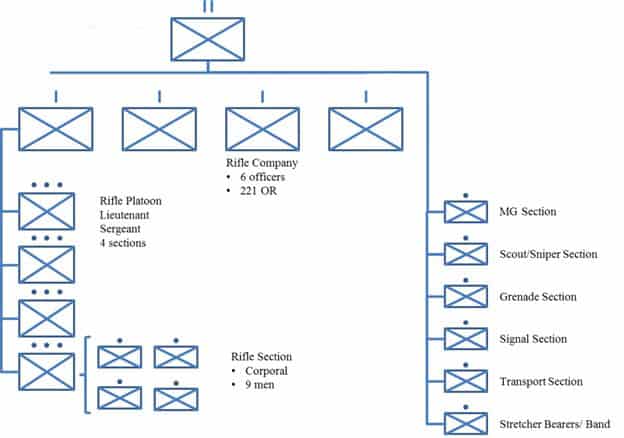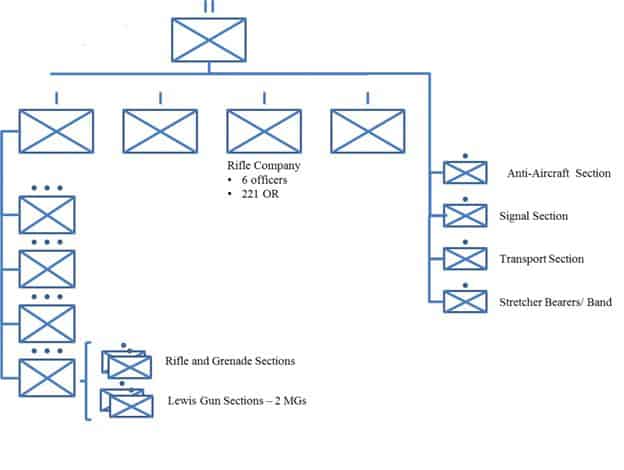1914: First contingent CEF
At the outbreak of the war in 1914 the structure of the infantry battalion was in a state of flux and the pre-war eight company structure while well suited to its role in training Militia was not adaptable to the tactical realities unfolding on the European battlefield.
Prior to The Great War, the largest single component of Canada’s Militia was the infantry corps made up of regionally recruited regiments composed of part-time soldiers with limited training and equipment. As such, training was sporadic at best, and standards were not high. The regiments, which varied in size and quality, tended to be administrative in nature, and were seen as a manpower pool of either individual reinforcements for small scale conflicts (ie: South Africa 1899-1902) or sub units (battalions/companies) for any large scale mobilization necessitated by a large scale conflict.
The Militia was completely reliant on the British Army for its infantry doctrine which viewed the infantry as the decisive arm that defeated their enemy through weight of aimed rifle fire or close quarter engagement with the bayonet. Although open order and skirmishing tactics were introduced, British doctrine was still very much linear as used in the Napoleonic and Crimean Wars. As described in the manual Infantry Training, 1914: “The object of fire in the attack, whether of artillery, machine guns, or infantry, is to bring such a superiority of fire to bear on the enemy as to make the advance to close quarters possible.” Both the offence and the defence were based upon a linear layout of firing, support and reserve lines, with an emphasis upon frontal attacks. The British Army was the last major army to adopt the platoon organization, and its tactics were still very much based upon the use of companies as the lowest manoeuvre element. Sections under the command of sergeants did exist – not as independent elements, but, rather, solely for the control of fire. Infantrymen were generalists in that they were all expected to know how to shoot, dig, march, and fight with their bayonet. Battalions could be described fairly as a homogeneous mass of riflemen having very little in the way of fire support. (Source: “The Development of Infantry Doctrine in the Canadian Expeditionary Force: 1914-1918”, Alex Haynes, Canadian Military Journal, Autumn 2007)
The 48th Highlanders were gazetted on 16 October 1891 by Militia Order 19 and authorized to be structured as a Battalion in Highland dress consisting of eight companies lettered A to H each with a strength of 42 enlisted ranks and 2 officers; a military band and a small HQ staff. A Company – Captain Robertson; B- Captain Donald; C- Captain Currie; D- Captain Michie; E- Captain Cassels; F- Captain Hendrie; G- Captain Hunter; and H- Captain Henderson.
Training stressed musketry, bayonet fighting, skirmishing and tactics based on employing what were in effect platoon sized companies in the field. The 48th excelled at musketry and bayonet fighting winning numerous competitions and trophies including The British Empire bayonet fighting trophy and The King’s Prize at Bisley in 1913. The deployment and command and control of these small platoon sized companies by a Captain and Lieutenant ‘may’ have been suited to the experiences of pre-1914 warfare but they would prove to be woefully ineffective on the battlefields of the coming war. When war did break out in August 1914, the ‘48th’ contingent consisting of volunteers from the Regiment and other militia units that departed Toronto on 29 August 1914 for Valcartier, Quebec numbered 970 all ranks. By September 7th following the addition of large groups from the 97th, 31st and several other militia regiments, the provisional 15th Battalion numbered 58 Officers and 1255 other ranks.
The 15th Battalion’s initial organizational structure in 1914 prior to departure from Valcartier, as organized by Sir Sam Hughes, followed the British example of a company based battalion organization – as had the Canadian Militia for many years. The official 15th Battalion Nominal Roll showed a battalion Headquarters with a Lieutenant Colonel as Commanding Officer; a Major as Deputy Commanding Officer; two Captains as Adjutant and Assistant Adjutant; a Captain Chaplin; a Captain Paymaster; a Lieutenant Signalling Officer; a Lieutenant Machine Gun Officer; and a Major Medical Officer.
The battalion’s eight companies, lettered A to I, consisted of approximately 125 men commanded by a Captain with two or three lieutenants, a Colour Sergeant; four Sergeants, and usually five Corporals and five Lance Corporals although those numbers varied. The company was the basic tactical unit and it drilled as one entity seldom being split. The NCOs had administrative and training responsibilities, but did not exercise independent tactical command over groups of men.
The Nominal Roll also indicates that personnel in support roles such as machine gunners, signallers, buglers, pipers, drivers, pioneers, cooks, stretcher-bearers, farriers, etc were dispersed throughout the various companies and were not grouped into functional sections in Battalion HQ as they would be when the battalion organizational structure changed in 1915.
Infantry battalion 1915
As part of the new infantry doctrine introduced in 1914, the British Army had also adopted a new battalion organization which replaced the eight company system with four companies of four platoons each. As the company was the lowest maneuver element in both offensive and defensive operations, the smaller Canadian half companies would have been at a serious disadvantage – especially in the attack against the heavily fortified and entrenched defensive positions on the Western Front.
During their stay in Valcartier, there had been discussion about switching to the ‘double’ company organization but the change was not made until after their arrival in the UK on 24 October 1914.
“ We have been issued with a new 1914 Infantry training manual written on the double company system which has been in operation in England the last year, and started at RMC. Only four companies to a Bn but twice as big. It changes all the drill, tactics, etc so we will have a lot to learn.”
Lt FM Gibson 15th Battalion Oct 1914
There was some difficulty in adapting to the new structure -principally in command and control of the numerically larger sub units and on 13 December the battalion reverted to eight companies. In this period of uncertainty about structure – they retained the eight for routine functions and used the double for field training.
“This is the order in which we line up in single companies and when we do field work we are joined together as shown by Roman numerals: A & F –I, B & E – II, C & D – III, D & H – IV."
Lt FW MacDonald letter December 25, 1914, Salisbury Plains
“Although we have to go back to the 8 company system it is by no means certain that we will remain that way. The reason for the change was that 260 men were considered too many for one officer without a good deal of practice to handle. As we are in favour of the double companies, they may change again.”
Lt FM Gibson 15th Battalion Dec 1914
However, on 7 February 1915, just days prior to embarkation for France, the four company structure was re-introduced and the new British Battalion structure and establishment (1150 all ranks) adopted. The eight rifle companies were combined to make four ‘double’ strength companies of four platoons totaling 227 men per company. A and F became No. 1 commanded by Captain A. MacGregor; B and E became No. 2 commanded by Captain Alexander; C and G became No. 3 commanded by Captain McLaren and D and H became No. 4 commanded by Captain Osborne. Bn HQ with Transport, Pioneer, Signals, Machine Gun, Grenade, Intelligence (Scout & Sniper) and Stretcher Bearer sections were the command and support elements of the battalion. Surplus officers and men were left in the UK at Tidworth Barracks as a base company of reinforcements / replacements or were transferred to other units.
“ we have had to cut down our strength of officers considerably lately to get down to the British War Establishment…….instead of 41 officers only 29 could go….we finished drawing and issuing equipment to the Companies and complete establishment and the base company...also those who are exchanged with one of the reserve battalions.”
Lt FM Gibson No. 2 Company 7 Feb 1915
Infantry battalion 1918
The infantry formed the primary strike force within the Canadian Corps, supported by machine guns, artillery, mortars, engineers, medical units, and logistical formations and the company remained the basic manoeuvre unit. As such, and faced with the requirement to assault entrenched enemy positions with the inherent tactical advantage enjoyed by the defenders, the manpower heavy ‘double’ infantry company organization would prove to be an essential factor for success on the battlefield. However, with the casualty rate experienced in the Great War, sustaining the strength of these companies was important and often a difficult task. As the war progressed, the organization, equipment and tactics used by the Canadian infantry continued to evolve and improve. The predominant linear company level tactics were gradually replaced by the much more effective platoon level fire and manoeuvre.
The experience of Ypres and Festubert in 1915 and the Somme battles of fall 1916 had shown the need for increased firepower and greater mobility in the infantry battalion. The introduction of the Lewis light machine gun dramatically increased the number of machine guns available with 2 guns per platoon capable of providing suppressive fire during the attack. All infantrymen were now trained to use grenades and light machine guns so dedicated Machine Gun and Grenade or Bombing Sections were no longer required. The Vickers machine guns and the Stokes mortars were moved to Division and Brigade level respectively where they could be better coordinated and concentrated for improved support to the infantry battalions.
The infantry formed the primary strike force within the Canadian Corps, supported by machine guns, artillery, mortars, engineers, medical units, and logistical formations and the company remained the basic manoeuvre unit. As such, and faced with the requirement to assault entrenched enemy positions with the inherent tactical advantage enjoyed by the defenders, the manpower heavy ‘double’ infantry company organization would prove to be an essential factor for success on the battlefield. However, with the casualty rate experienced in the Great War, sustaining the strength of these companies was important and often a difficult task. As the war progressed, the organization, equipment and tactics used by the Canadian infantry continued to evolve and improve. The predominant linear company level tactics were gradually replaced by the much more effective platoon level fire and manoeuvre.

